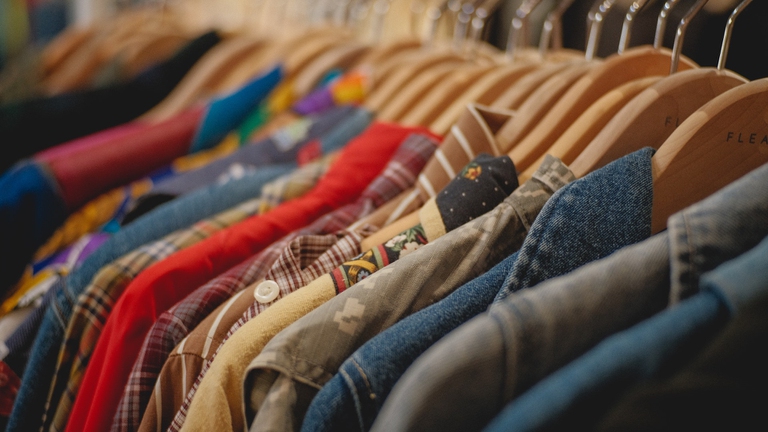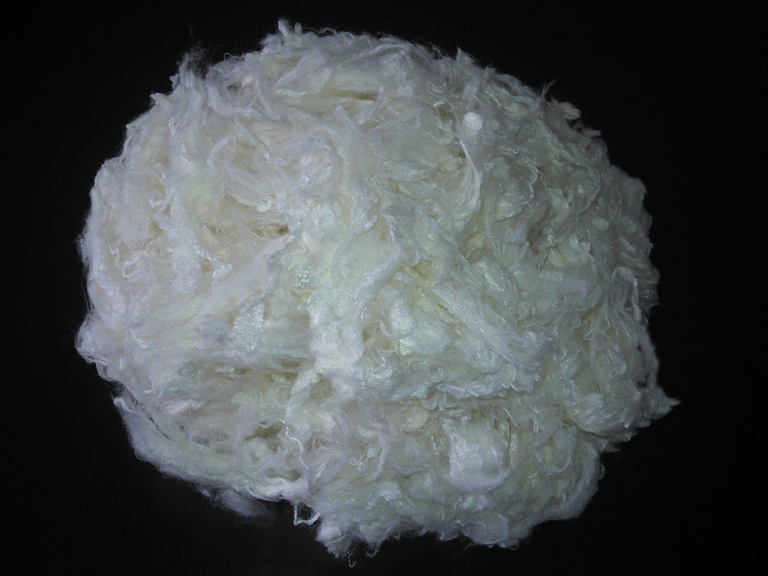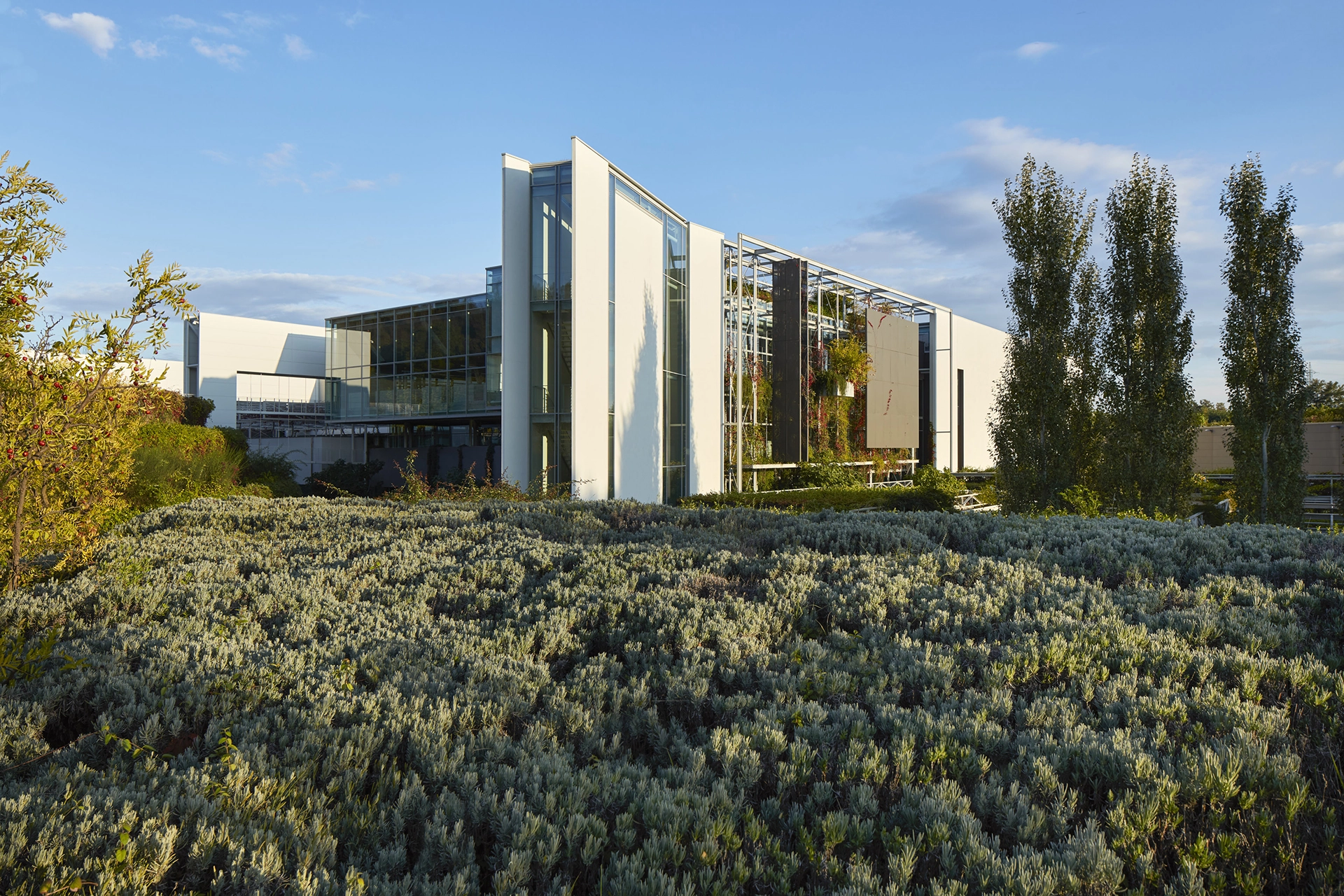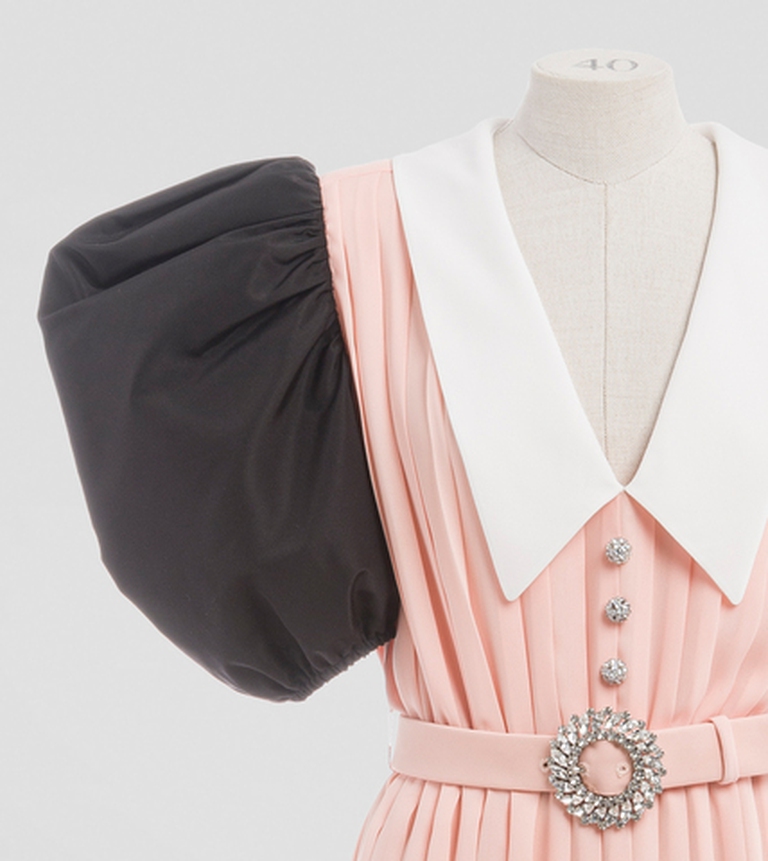https://www.lifegate.it/moda-e-biodiversita
- |
We are used to thinking that the fashion and the biodiversity are two completely different concepts, but this is not the case at all.Biodiversity can be defined as the richness of life on Earth:the millions of plants, animals and microorganisms, the complex ecosystems that they constitute in the biosphere.To this immense variety – which also includes the abundance and interaction between the different components of the system – the textile sector constantly draws on. A topic that becomes even more delicate for the luxury fashion because it is particularly dependent on high quality raw materials, coming from geographically limited natural systems.And often fragile.
What does biodiversity have to do with fashion
There are several ways in which fashion deals with the loss of biodiversity on our planet.Starting with the choice of textile fibres:in 2021, a total of 113 million tonnes were produced, almost double compared to twenty years earlier, according to Textile Exchange.
The polyester, alone, represents more than half of the total production, i.e. 61 million tonnes.It is an artificial material, manufactured from fossil fuels.And, from wash to wash, it releases microplastics that end up in the sea (even reaching the Arctic).Yes esteem that washing synthetic clothes is the source of as much as 35 percent of primary microplastics, i.e. those released directly into the sea and not derived from the fragmentation of larger objects.

In second place, with 24.7 million tonnes, is the cotton.To accelerate the growth of the plant, chemical products are often used extensively.Although cotton crops only occupy 3 percent of agricultural land, so, yes esteem that consume 11 percent of the pesticides and 24 percent of the insecticides used in the world.Including the infamous glyphosate, which several studies hold responsible for a long list of damages to human health and ecosystems, and i neonicotinoids, harmful to bees to the point of having been banned in the European Union.
In third place the polyamide, better known as nylon, another synthetic fiber produced – like polyester – from fossil fuels, with all that this entails in environmental terms.
Off the podium, albeit slightly, with 5.8 million tonnes in 2021, another synthetic fibre, this time cellulosic.It's about the viscose, produced from the wood pulp of trees treated with caustic soda, a highly corrosive substance.Every year, approximately 120 million trees are killed for this purpose.We have therefore mentioned four textile fibres, each with its impact on the planet.Animal fibres, such as wool, leather (which sometimes comes from the Amazon), silk and feathers, deserve a separate chapter.

What has been described so far is only the first step in the long and intricate supply chain that continues with weaving, dyeing, finishing, making the garment and packaging;many steps that are needed to transform these fibers into the clothes that end up in our wardrobe.Everything is fine industrial plant it fits into an already existing context, a context that can be more or less anthropized, more or less delicate (think for example of factories that arise near waterways or protected areas).A factory can be built from scratch, consuming land;or it can arise from the conversion of an abandoned space.It can discharge contaminated wastewater into a river, or it can adopt cutting-edge technologies to purify it and reintroduce it into the production cycle.
The examples could continue for a long time, because there are many problems and for each one we can intervene in a targeted way.For this reason the Fashion Pact chose biodiversity as the second pillar.
Biodiversity in the Fashion Pact
Launched in 2019 at the G7 summit in Biarritz, the Fashion Pact it is a voluntary agreement signed by the main fashion companies worldwide, including the Prada Group, Gucci, Chanel, Adidas and many others.Its main objective is to reduce the environmental impact of the fashion industry by promoting sustainable practices throughout the value chain, i.e. the operational activities linked to the process of transforming raw materials into finished products and their management.
The Fashion Pact focuses on three main areas:
- fight global warming through a plan to eliminate global warming net greenhouse gas emissions by 2050;
- restore biodiversity protecting natural ecosystems and the animal and plant species that live there;
- defend the oceans through concrete initiatives such as the gradual reduction of plastic in packaging.
The document highlights how biodiversity has long been overshadowed by other issues, first and foremost global warming.But attention is growing quickly, all the more so because the climate and biodiversity crises are two sides of the same coin and must therefore be addressed together.
In concrete terms, the signatories of the Fashion Pact have committed to undertaking two actions.The first is to develop a plan designed specifically for your business.This clarification is fundamental because, as mentioned, two companies in the same sector can have completely different supply chains - and therefore impacts on nature - from each other.“This critical step will enable effective action by designing a science-based strategy that outlines where, why and what companies need to do to achieve desired biodiversity outcomes,” the document reads.
The second action instead focuses on forests that in the past have been sacrificed to make room for cotton fields, for example, or to obtain cellulose to be transformed into viscose or other similar fibres.The first signatories of the Fashion Pact have in fact committed themselves to supporting the objective zero deforestation and of sustainable forest management, all this by 2025.
What fashion can do for biodiversity:the example of the Prada Group
“Plant and animal species are disappearing at an increasingly rapid rate due to human activity.Ensuring a prosperous future for the fashion sector therefore means guaranteeing a future for the planet's natural ecosystems.We are doing our part to stem this loss by promoting positive and meaningful change."To say it is Lorenzo Bertelli, head of Corporate Social Responsibility of the Prada Group.A reality which, precisely on biodiversity, has implemented a commitment based on three pillars.
The first, avoid and reduce, focuses on identifying and reducing negative impacts on the environment.Starting with factories, think following the principles of sustainable design and redeveloping (where possible) existing buildings.The most distinctive example of this approach is that of garden factories, designed by the architect Guido Canali, of Montegranaro in the Marche and of Montevarchi, Valvigna and Levanella (the logistics hub of the Prada Group) in Tuscany.

This pillar includes the reduction of the emission footprint and the use of polluting resources and materials, together with a greater use of renewable energy.Here we find projects with great success, not only commercially. Like the collection Prada Re-Nylon, the result of collaboration with the Italian company Aquafil:instead of virgin nylon, garments and accessories are made of Econyl, a nylon thread that is regenerated from fishing nets, old carpets and industrial waste.This material is truly circular because, in addition to avoiding the consumption of hydrocarbons upstream, it can be further recycled without any loss of quality, thanks also to the production waste recovery system managed by the Prada Group itself.Another noteworthy project is Upcycled by Miu Miu, a collection of vintage garments chosen in clothing shops and markets around the world, reworked and reinterpreted according to the aesthetic codes of the brand.

The second pillar, rrestore and regenerate, focuses on the recovery of already damaged natural ecosystems and on restoration of biodiversity.This includes promoting biodiversity in production processes and creating natural habitat conservation projects, including outside its direct supply chain, as well as promoting activities that foster biological diversity.A practical example is the purchase of 28 thousand carbon credits which help protect forests in Brazil, Zimbabwe and Indonesia.Returning to Italy, the Prada Group is also among the partners of Forestami, with which the metropolitan city of Milan wants to plant three million trees by 2030.
The last pillar, transform, makes the promotion of a sustainable culture its predominant aim, both within the company and in the entire sector, through participation in initiatives such as the Fashion Pact, but also through continuous dialogue with Science based targets network (SBTN), a group of organizations working to shape the private sector's impact on nature using science-based lenses, and the Taskforce for nature-related disclosures, made up of 40 members representing financial institutions, corporations and market service providers with more than $20 billion in assets.

Sustainability is based on three pillars
For the Prada Group, biodiversity is one of the elements that make up a sustainability strategy that has its roots well before the signing of the Fashion Pact and is based on three pillars:Planet, People and Cultures.
The Planet pillar concerns the protection of ecosystems and the reduction of the environmental impact of activities.With this in mind, the Prada Group has set itself the goal of becoming net-zero by 2050, that is, to eliminate its net greenhouse gas emissions through the use of renewable sources (which in 2021 accounted for 53 percent of the electricity purchased) and energy efficiency.Furthermore, it has implemented water and waste management systems.
The People pillar focuses on well-being of over 13 thousand employees, with the improvement of working conditions along the entire value chain, and on the protection of human rights and communities.A rather relevant factor given that the textile sector in the world provides employment to over 70 million people, of which 80 percent women.Also part of this commitment is the promotion of diversity and inclusion, given that 57 percent of the women employed in the Prada Group hold managerial roles and there are 107 nationalities of the employees.
The Prada Group's commitment to Culture ranges from the promotion of arts, at the center of the Prada Foundation's activity, to scientific research, up to the support of young talents and education, even more important if linked to sustainability issues.This is the objective of the project Sea Beyond, conducted by the Group in partnership with the Intergovernmental Oceanographic Commission of UNESCO, to spread the principles of ocean literacy and educate on the preservation of the sea.
Although the road ahead is still long and full of challenges, fortunately many textile and fashion companies have undertaken a virtuous path to protect animal and plant ecosystems within their value chain. Actions such as those promoted by the Prada Group, and by other national and international entities, are important first steps towards respecting the fragile system in need of balance that is our Planet.
